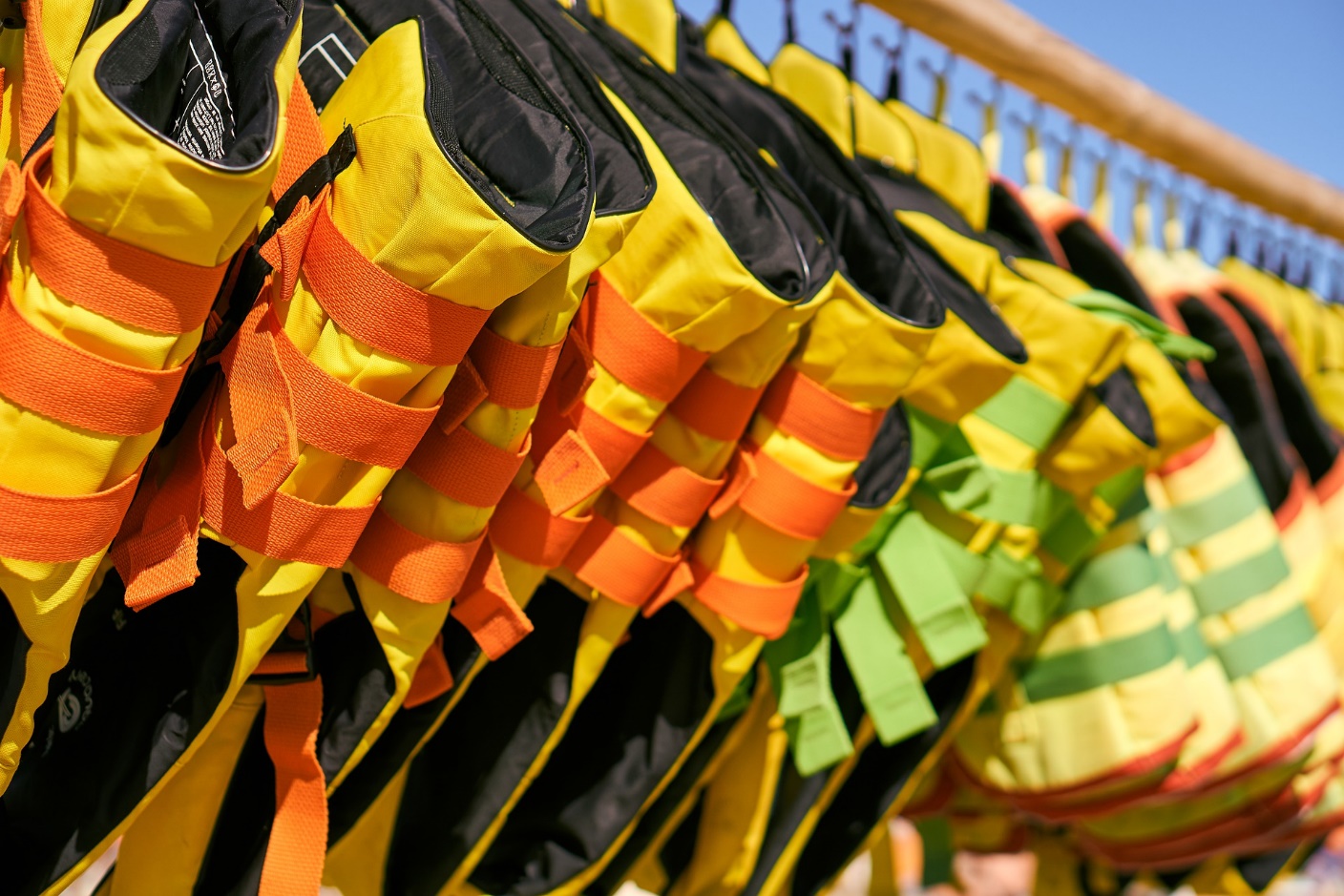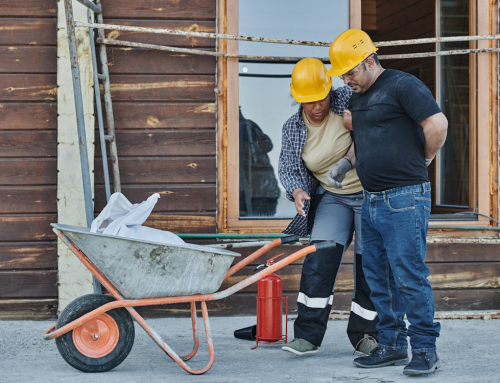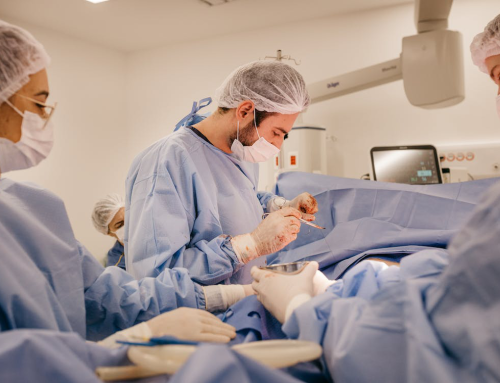In Canada, every year, more than 450 people face death by drowning. This can be easily avoided if the right precautions are taken when in the water. Even if you’re on a boat and have no direct contact with the water, its best to be wearing life jackets or PFDs at all times. You never know when disaster may strike, and it’s always good to be well prepared in such situations.
Even though the fundamental function of lifejackets and PFDs is the same, there are many differences in the functions the two can perform. Here are a few of the differences that can help you to be safer on your next trip to the beach.
Emergency Situations – Lifejackets:
The first difference between the two is that lifejackets are more suited in emergency situations. While both lifejackets and PFDs are designed to keep people afloat I deep waters, lifejackets are better for high-risk situations because their buoyancy, or the floating mechanism, is located in the front. This means that they can effectively keep an unconscious person afloat as well. The large amount of support around the arms also helps to keep a person’s head and shoulders above the water at all times, making sure they don’t sink even if they are unconscious.
This is extremely helpful in situations where there may be panic, which may cause people to faint. Lifejackets can make sure that a person stays safe, despite fainting. There are two kinds of standard lifejackets, those that can support people weighing 80 lbs. and over, and those who support people weighing under 80 lbs. PFDs are not designed to support unconscious people.
Watersports- PFDs:
PFDs are more suited to be used when participating in watersports such as rowing, rafting, jet skiing and other sports. This is because unlike lifejackets, PFDs are less bulky. They leave more room for the wearer to move their arms around freely, and are a better option for those engaging in watersports. These automatically inflate when in the water or can be manually inflated. This, however, does not mean they compromise on buoyancy. In the event of an accident, PFDs will keep you afloat as long as you are conscious.
It is important to keep in mind that most PFDs do not support people weighing less than 80 lbs., and it is not advised to be worn by children under 16. For children and people who weigh less than 80 lbs., lifejackets are the best option, as PFDs are not designed to support low weights.
Be Better Prepared!
Having the knowledge to prevent drowning is helpful, but in the event of an accident, you should also know what to do to save those around you. First aid and CPR training can be extremely useful in water-related accidents. Metro Safety Training in Vancouver provides emergency first aid training programs to help save lives. Their programs cover CPR and AED training as well, to make sure learners are fully equipped to deal with emergency situations






